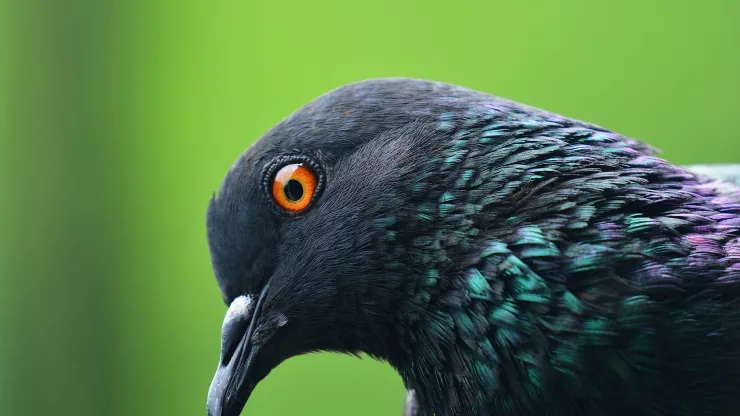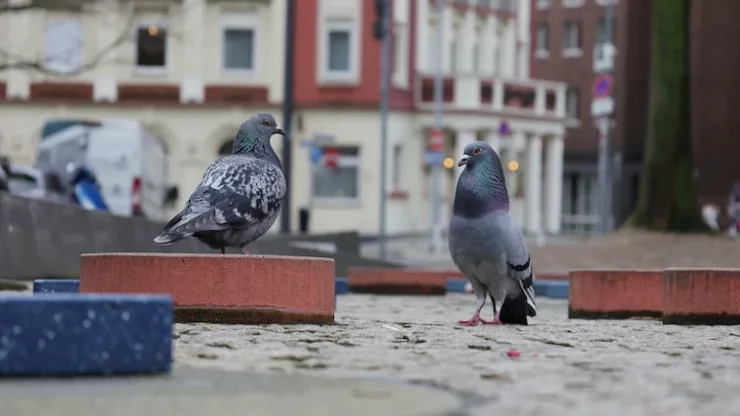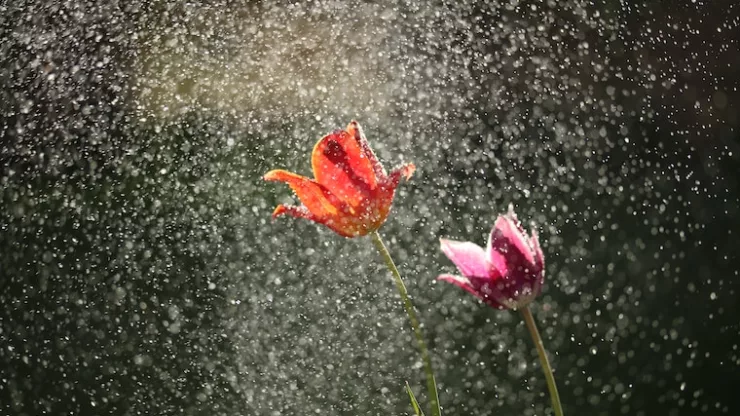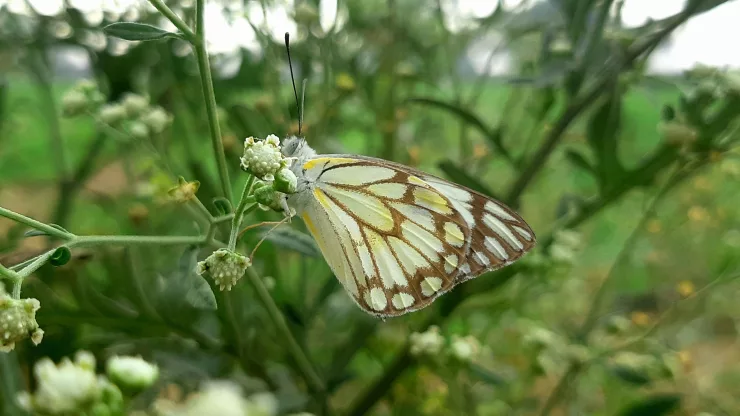As our cities continue to expand, the importance of balancing nature and growth becomes increasingly evident.
Urban wildlife plays a vital role in maintaining the ecological balance of our cities, providing essential services and adding to our quality of life.
However, development often comes at the expense of wildlife, resulting in habitat loss, fragmentation, and other negative impacts.
In this article, we will explore the importance of urban wildlife and sustainable development, the impacts of urbanization on wildlife, the benefits of urban wildlife, strategies for balancing nature and growth, and case studies of successful urban wildlife conservation.
Jump to Section
Introduction
Urbanization is one of the most significant drivers of environmental change, with over half of the world’s population now living in cities.
While cities offer numerous benefits, including economic opportunities, cultural diversity, and access to services, they also come with significant environmental challenges.
One of the most pressing issues is how to balance growth with the conservation of urban wildlife.
Understanding the Importance of Urban Wildlife and Sustainable Development
Urban wildlife refers to the diverse range of animals that live in and around our cities, from birds and insects to larger mammals like coyotes and deer.
While some may view these creatures as pests or nuisances, they play a crucial role in maintaining the ecological balance of our urban ecosystems.
Sustainable development aims to meet the needs of the present without compromising the ability of future generations to meet their own needs.
In the context of urban wildlife, this means finding ways to accommodate growth while minimizing negative impacts on wildlife and their habitats.
The Impact of Urbanization on Wildlife
As cities expand, they often encroach on natural habitats, resulting in significant negative impacts on urban wildlife.
The Loss of Habitat and Fragmentation
Habitat loss is one of the most significant threats to urban wildlife. As cities grow, they often replace natural habitats with buildings, roads, and other infrastructure.
This loss of habitat can lead to fragmentation, where wildlife populations become isolated and unable to move freely between habitats.
The Disruption of Migration Patterns
Many species of wildlife rely on seasonal migration to survive.
Urbanization can disrupt these migration patterns, leading to population declines and reduced genetic diversity.
The Threat of Pollution and Climate Change
Urbanization can also lead to increased pollution and habitat degradation, which can harm wildlife.
Climate change poses an additional threat, with rising temperatures and changing weather patterns affecting the availability of food and water for urban wildlife.
The Benefits of Urban Wildlife
Despite the negative impacts of urbanization on wildlife, there are also significant benefits to preserving urban wildlife.
Ecological Services Provided by Urban Wildlife
Urban wildlife provides numerous ecological services, including pollination, pest control, and nutrient cycling. These services are essential for maintaining the health and productivity of urban ecosystems.
The Importance of Biodiversity in Urban Areas
Biodiversity is critical to the health of urban ecosystems. A diverse range of species helps to maintain ecological balance, resilience, and productivity.
The Role of Urban Wildlife in Education and Recreation
Urban wildlife provides opportunities for education and recreation, promoting a deeper understanding and appreciation of the natural world.
Strategies for Balancing Nature and Growth
Balancing nature and growth requires a multifaceted approach that involves urban planning, education, and collaboration between stakeholders.
Urban Planning and Design for Wildlife
Urban planning and design can play a significant role in preserving urban wildlife.
Green spaces, wildlife corridors, and other design features can help to maintain habitat connectivity, reduce fragmentation, and promote biodiversity.
Public Education and Outreach
Public education and outreach are essential for promoting awareness and understanding of urban wildlife.
Programs that engage residents in conservation efforts can help to foster a sense of ownership and responsibility for urban wildlife.
Collaborative Conservation Efforts
Collaboration between government agencies, non-profit organizations, and community groups is essential for successful urban wildlife conservation.
Such collaborations can help to build partnerships, share resources, and coordinate conservation efforts.
Case Studies of Successful Urban Wildlife Conservation
Numerous successful urban wildlife conservation efforts have taken place around the world. These efforts demonstrate the potential for balancing nature and growth in our cities.
| City | Conservation Effort |
|---|---|
| New York City | Protection of migratory bird habitats |
| London | Creation of wildlife corridors |
| San Francisco | Restoration of wetland habitats |
The Need for Continued Efforts in Urban Wildlife Conservation
Urban wildlife conservation is an ongoing effort that requires sustained commitment and collaboration.
By prioritizing the conservation of urban wildlife, we can create more sustainable, resilient, and livable cities for both people and wildlife.
FAQ
What are some common examples of urban wildlife?
Common examples of urban wildlife include birds, squirrels, raccoons, skunks, mice, rats, and insects.
What are some ways that individuals can support urban wildlife conservation?
Individuals can support urban wildlife conservation by reducing their impact on the environment, supporting local conservation efforts, and advocating for policies that promote sustainable development.
How can urban planning and design promote urban wildlife conservation?
Urban planning and design can promote urban wildlife conservation by incorporating green spaces, creating wildlife corridors, and using sustainable design practices.
I’m a nature enthusiast and creator of Metro Wilds and have spent years exploring the great outdoors.
With a passion for environmental conservation and sustainability, I have dedicated my career to writing about the beauty and wonders of nature, as well as the threats facing our planet.
Contact me at [email protected] for assistance.





